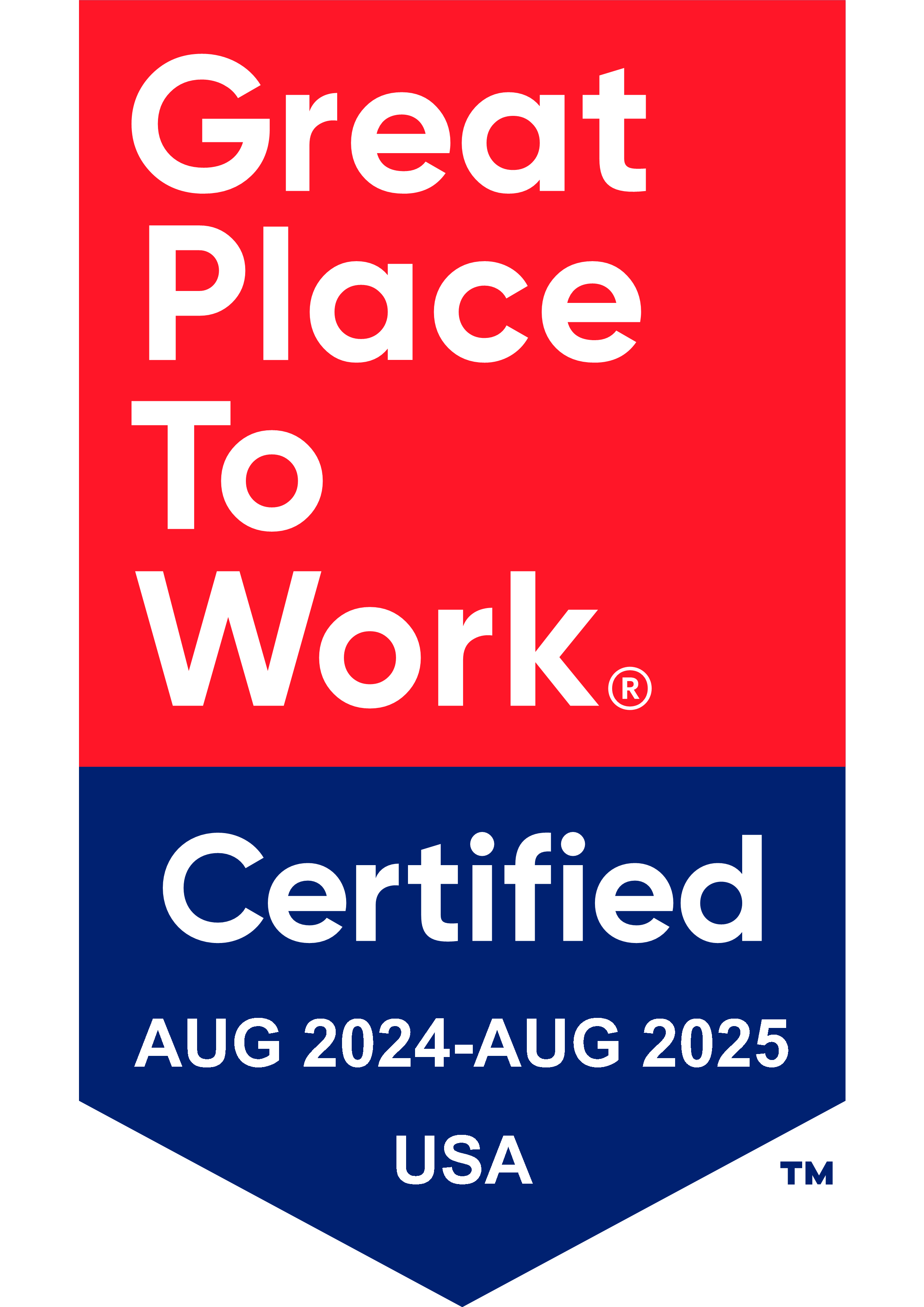What to Explore
Introduction
If you want to stay ahead of the game in today’s data-driven world, upgrading your ETL process is a must. We know, it might sound scary but breaking it down into simple steps can make it a lot easier. In this guide, we’ll show you how to smoothly move your ETL (Extract, Transform, Load) process to a modern, cloud-based platform.
In Part 1: Why Modernize Your ETL in the Cloud, we talked about the problems with legacy ETL systems and why it’s important for you to update them. These old systems were built for a different time, and they’re struggling to keep up with the demands of today’s data.
Luckily, cloud-based ETL solutions are a much better fit for your organizational needs. They’re faster, more flexible, and can help you get more out of your data. By the end of this blog, you’ll have a clear plan for upgrading your data management, making things more efficient, and setting your business up for success. Modernizing your ETL might seem like a big project, but it doesn’t have to be complicated. We’ll break it down into 5 steps that will make the process easier for your modernization journey. This blog will discuss each step given below in detail.
- Step 1: Assessment of Existing Systems
- Step 2: Selection of Data Platform/ETL Tool Cloud Service
- Step 3: EDW and Data Migration on Modern Platforms
- Step 4: ETL Migration Process
- Step 5: Testing, Monitoring and Cutover
Step1: Assessment of Existing Systems
The first step in ETL modernization is a thorough assessment of your existing system. This involves a thorough assessment of the existing system that should be conducted to identify various aspects including:
- All data sources and targets
- Complexity of ETL jobs
- Data lineage and flow at both orchestration and ETL process levels
- Batch/jobs execution frequency like hourly, daily, weekly, etc.
- Existing parameterization frameworks
- Complexity of data source layouts
- Data volume, SLAs, and priorities for each batch
- Usage of any specialized ETL tool features and their occurrences
- Presence of junk and dead code
- Utilization of customized scripts in languages such as VB, Unix, Python, Perl, or stored procedures within the ETL process
- Patterns in ETL jobs to design a more generic process
- Processes suitable for lift-and-shift versus those requiring redesign in the new environment
- Analysis on the warehouse objects such as tables, views, stored procedures, constraints, indexes, sequences, etc.
- Data Profiling and Quality Assessment
- Compliances in the existing systems
A comprehensive assessment of the existing system is crucial to prevent future surprises and address potential issues related to your design and architecture of modern platforms.
Step 2: Choosing the Right Cloud Platform for ETL Transformation
Based on data collected from the assessment of the existing system, we need to identify the automated ETL migration service that can be best suited for your organization. As we all know, one size does not fit all so given below are the key considerations for you while selecting the right cloud platform:
- Feature Gap: Assess the differences between the existing ETL tool and the new cloud-based service.
- Identify Cloud Storage for EDW: For a seamless and efficient migration of your Enterprise Data Warehouse modernization (EDW) from on-premises to the cloud, focus on key factors such as current architecture, data governance, cost-effectiveness, scalability, advanced data modernization methods, robust integration capabilities, disaster. This holistic approach ensures a successful transition and maximizes the benefits of cloud technology.
- Designing the Target Data Architecture: Design the target data model based on business requirements and the capabilities of the modern platform. Additionally, create a mapping document that aligns the source data schema with the target schema. This document will be used to design the ETL process for loading the EDW.
- Data Migration Strategy: Based on the data volume, plan the migration approach in phases. Select appropriate data replication tools to periodically refresh data in the newly designed EDW. For high daily data volumes, ensure a CDC-based replication process is in place to avoid moving large data chunks periodically.
- Feasibility Study: Conduct a detailed feasibility study, supported by multiple POCs, to effectively test the migration plan for database objects and data to modern cloud-based data lakes or delta lakes.
- Integration Capabilities: Evaluate the ability of ETL service to connect with required data sources and cloud storage accounts.
- Cost and Performance: Ensure the tool meets the cost and performance requirements to adhere to existing SLAs.
- Workarounds: Plan for managing tasks and actions currently handled by custom scripts in the existing systems.
- Generic Capabilities: Check if the tool can implement and manage processes based on patterns identified during the assessment.
- Compatibility with Modern Practices: Ensure the tool supports future needs, including AI and machine learning use cases.
- Orchestration Capabilities: Check on native orchestration capabilities and decide if there is a need to go for external third-party schedulers such as Control-M, Tivoli etc.
- Cloud based: A feasibility check needs to be performed for identification of proper storage accounts to host EDW in cloud platform.
- Architectural Solutioning: Design a solution that meets both current and future organizational needs.
- Availability of Skilled Resources: Assess the availability of in-house expertise to manage and support the new system.
- Proof-of-Concept (POC): A POC driven approach should be taken end to end, with few existing ETL processes to EDW migration to validate all the above parameters for selecting the best suited cloud-based platform and ETL service.
There are a variety of cloud-native ETL services in the market provided by the hyperscalers as well as data integration vendors. Many of these options run on PySpark, which provides flexibility to execute ETL jobs across multiple platforms. Check out ETL Modernization with PySpark to explore further.
Step 3: EDW and Data Migration on Modern Platforms
At this point, if all the above steps have been followed, the migration plan for moving the EDW and data to the modern platform should be ready. Below are a couple extra steps for you which should be considered:
- Data Governance and Compliance: This data will be used by your developers to test the ETL process. Hence data governance is a curtail step, it involves establishing policies and procedures to ensure data quality, security, and compliance throughout the migration process. Identify and ensure that all necessary data, including PII that falls under various compliance regulations is properly masked.
- Data Volume: The data replicated in the modern cloud-based data lake should match production volumes to effectively test the performance of the ETL process.
Step 4: ETL Migration Process
During this process, we develop a new set of ETL jobs, processes and batches to load data into cloud-based modern data lakes. The process includes the following steps:
- Development of Cloud Frameworks: Cloud-native tools introduce a set of principles and best practices different from legacy ETL tools. Hence, development of reusable frameworks is necessary for operations like Data Replication, Parametrization, Notifications, etc. which are compatible with cloud platforms.
- Develop Generic ETL/Process:Based on the patterns identified during the assessment, developing a generic ETL process significantly reduces code redundancy and effort throughout the overall development process.
- Lift and Shift Migration: Here those jobs/processes which suits apple to apple conversion are migrated.
- Redesign/Refactoring: It is necessary to redesign and develop new solutions when specific features are not directly available in the target ETL tool.
For further reading, check out our Data Modernization eBook that takes a deeper look at migrating to cloud-native ETL/ELT.
Step 5: Testing, Monitoring and Cutover
Thorough testing is essential to ensure the success of your ETL modernization project. Implement robust monitoring and alerting to identify and address issues promptly. Develop a detailed cutover plan to minimize disruptions.
- Unit and Integration Testing: Unit testing of converted ETL jobs is crucial. Using production-like data helps identify data-specific bugs effectively.
- Functional Testing: The code must be tested with various data sets to ensure the job’s functionality.
- Negative Testing: Negative testing should be performed to ensure the code behaves as expected with invalid data.
- Performance and Cost-Based Testing: This testing should be performed to verify that the correct compute configuration is selected for optimized execution times and cost efficiency.
- UAT:By carefully planning and executing UAT, you can ensure a smooth transition to the new ETL system, minimize disruptions, and enhance overall data management effectiveness.
- Cutover:The cutover process involves finalizing migration activities and backups, scheduling downtime, synchronizing data, and switching to the new ETL system. It includes monitoring and validating system performance, providing user support, documenting the transition, and eventually decommissioning the legacy system while ensuring data retention.
Conclusion
So now we have covered the challenges of legacy ETL, talked about how cloud modernization can transform your data management, provided some customer examples, and outlined a step-by-step guide for ETL modernization.
By following this five-step process, you can successfully modernize your ETL process, improve data efficiency, and gain valuable insights to drive your business forward. Remember, the benefits of ETL modernization extend beyond technical improvements. By embracing this transformation, you’ll empower your organization to make data-driven decisions, enhance operational efficiency, and gain a competitive edge in the market.
If you are ready to take your explorations to the next level, visit our Automated ETL Migration solution page for a complete breakdown of a proven methodology for source ETL analysis, code conversion and testing/validation.
You Might Also Like


Data Security
Implementing Fine-Grained Data Access Control: A Complete Guide to GCP Column-Level Policy Tags
Learn More








